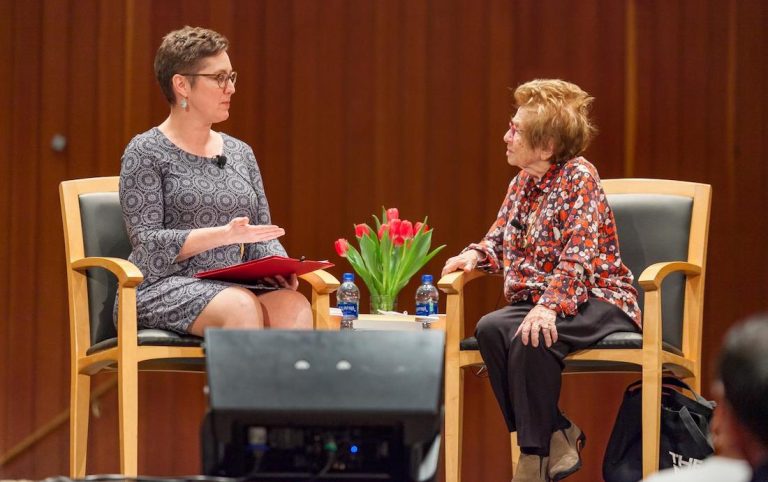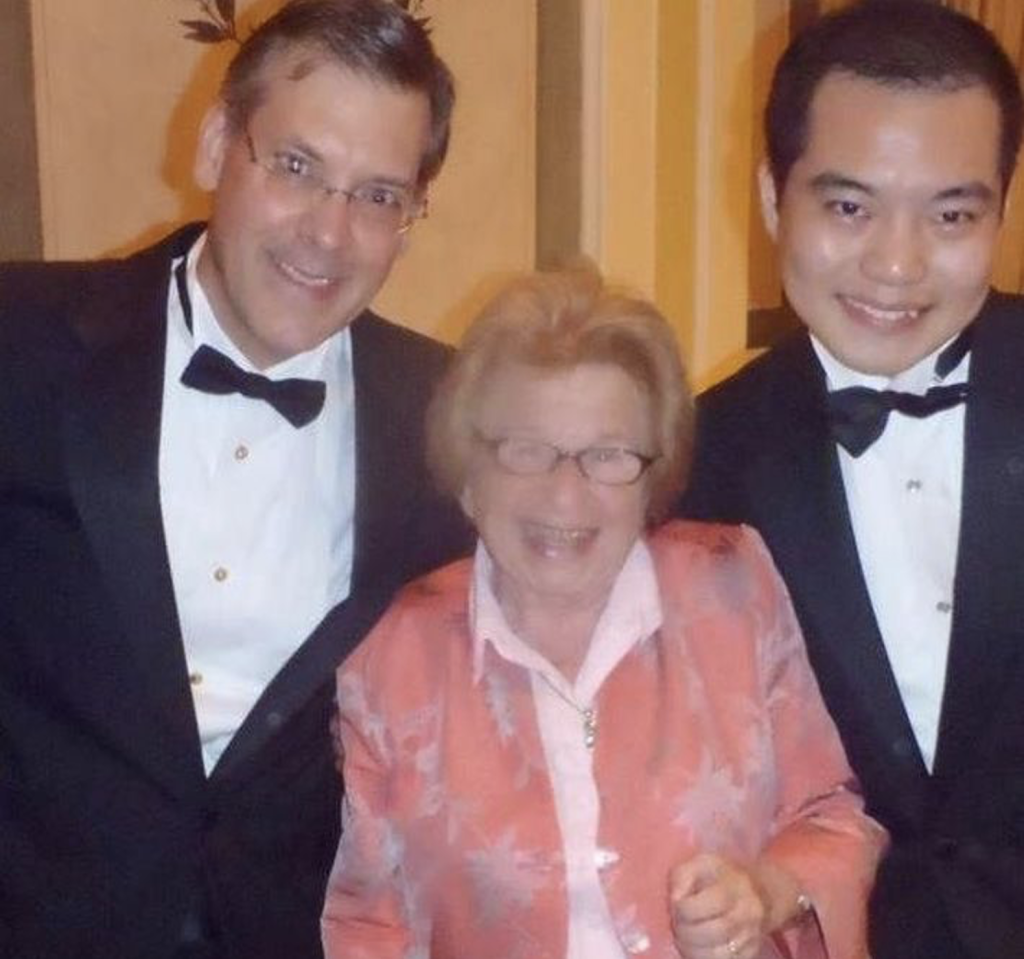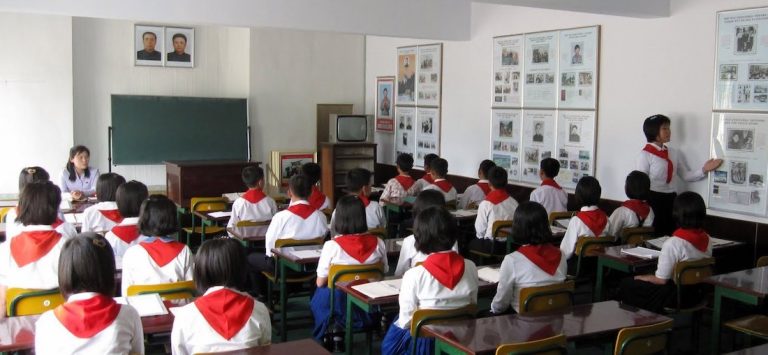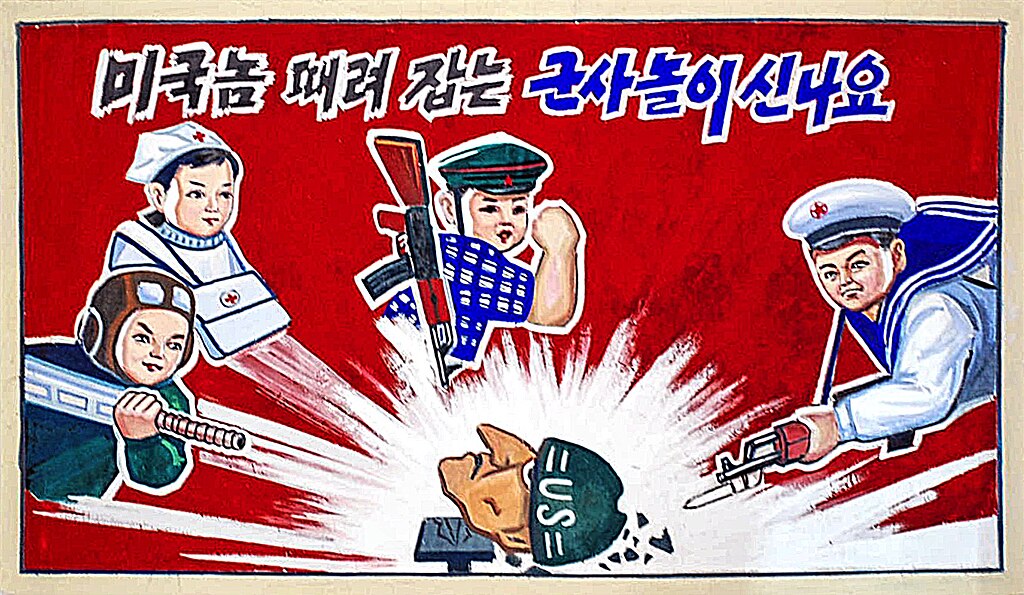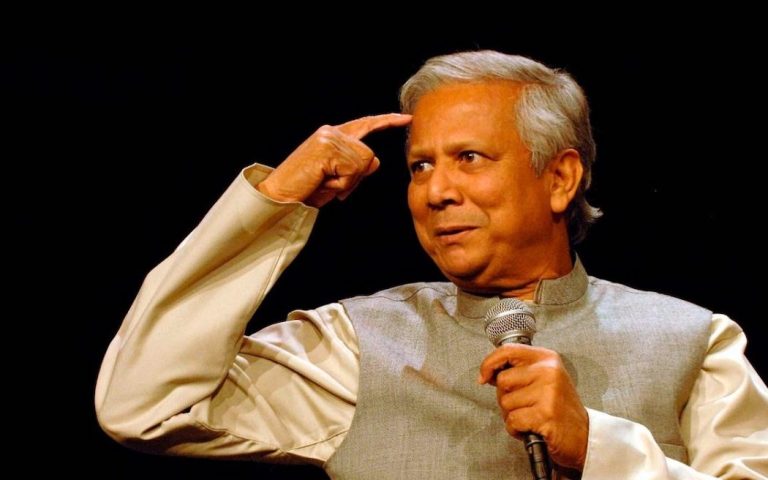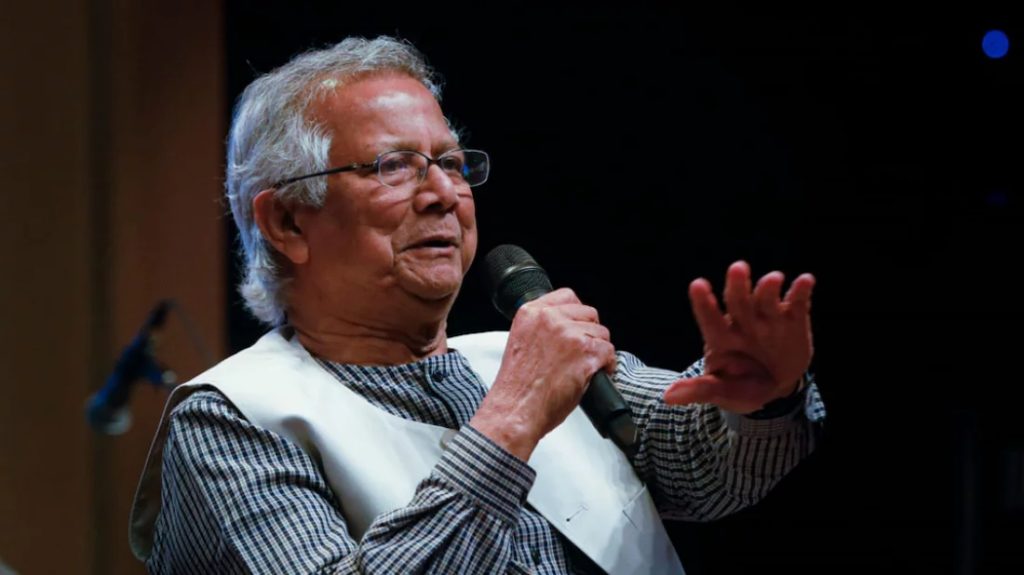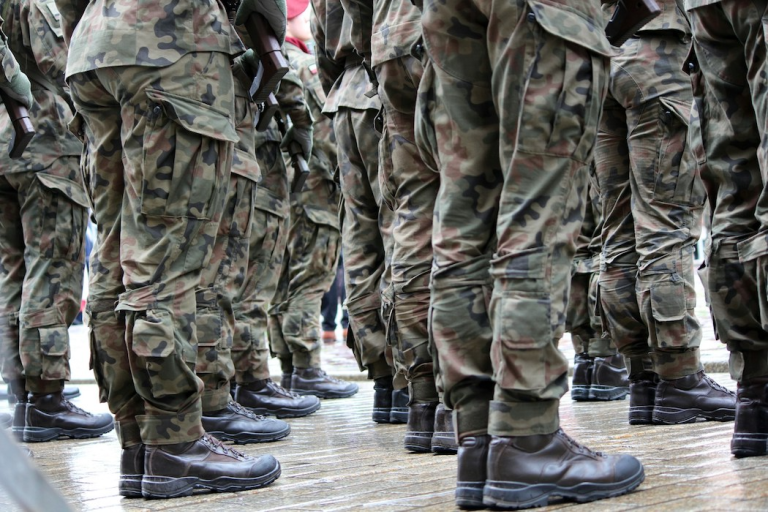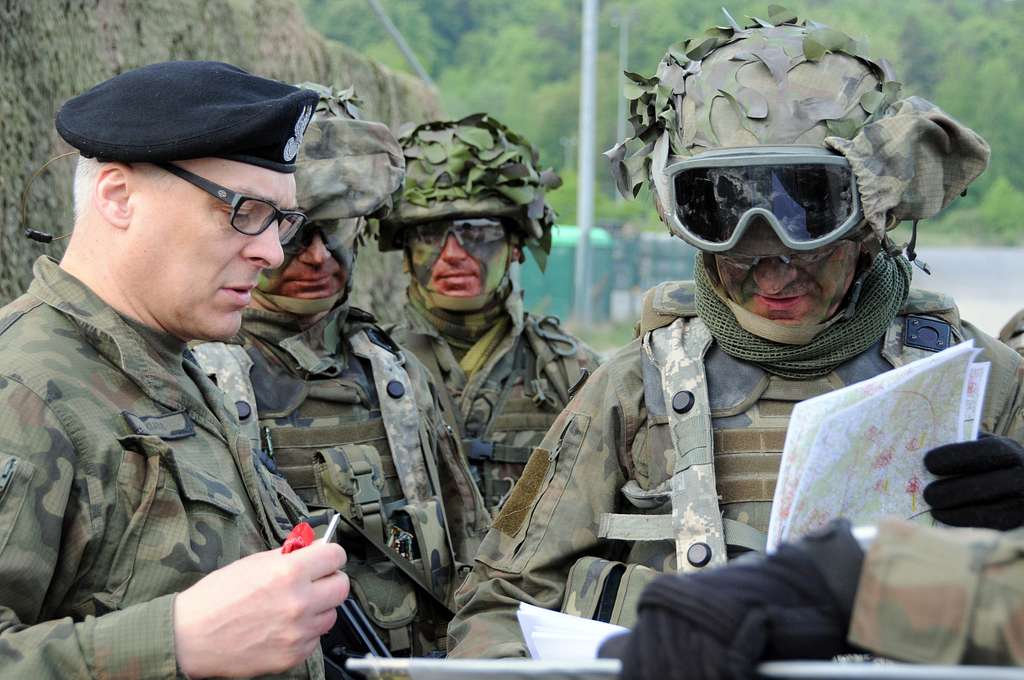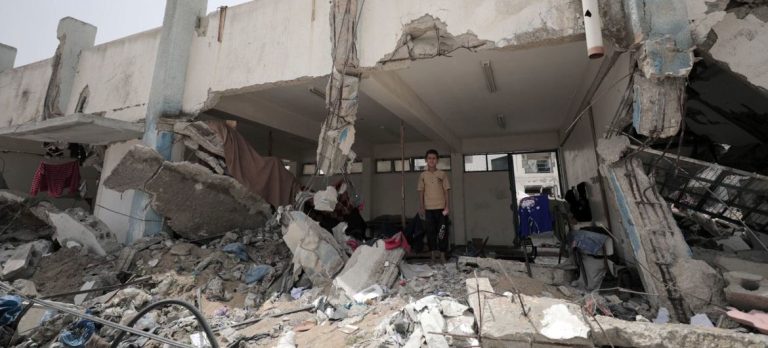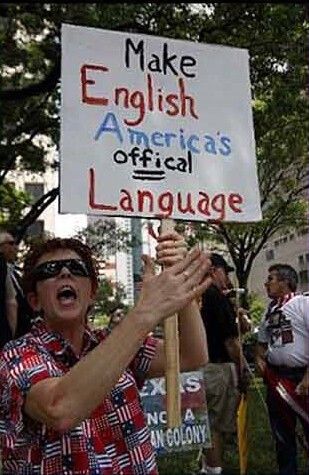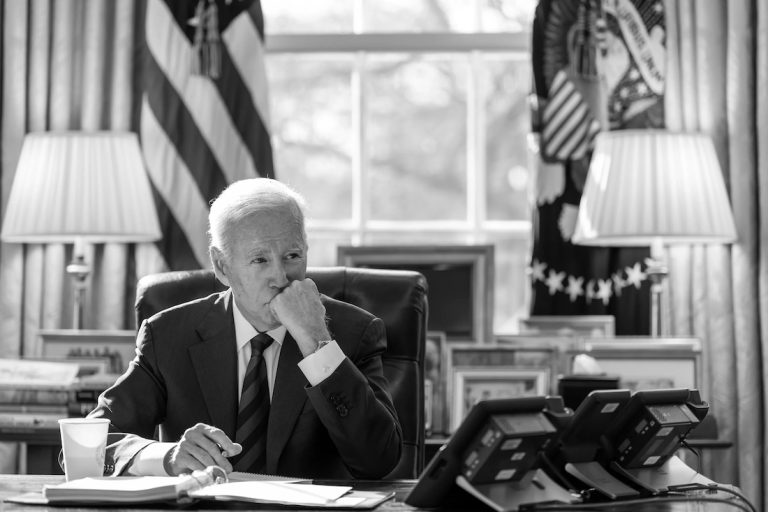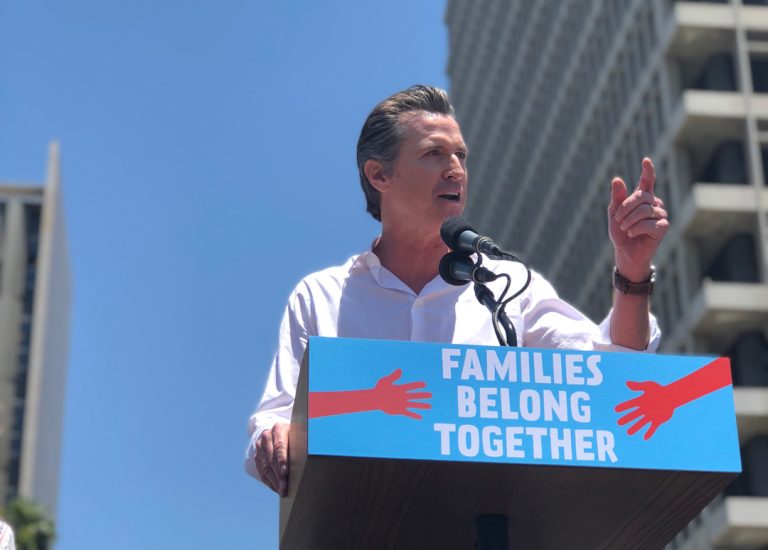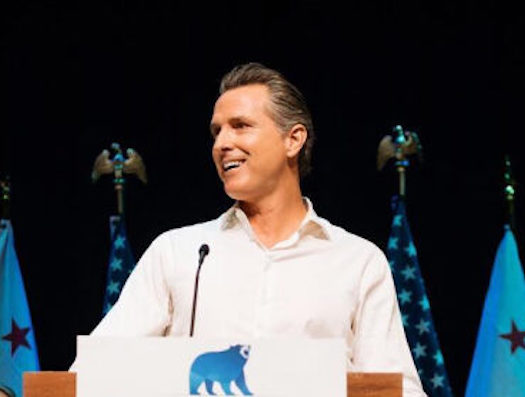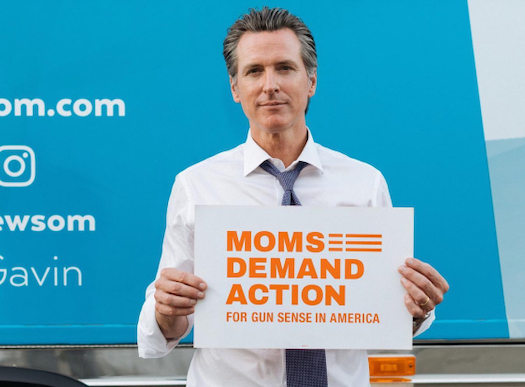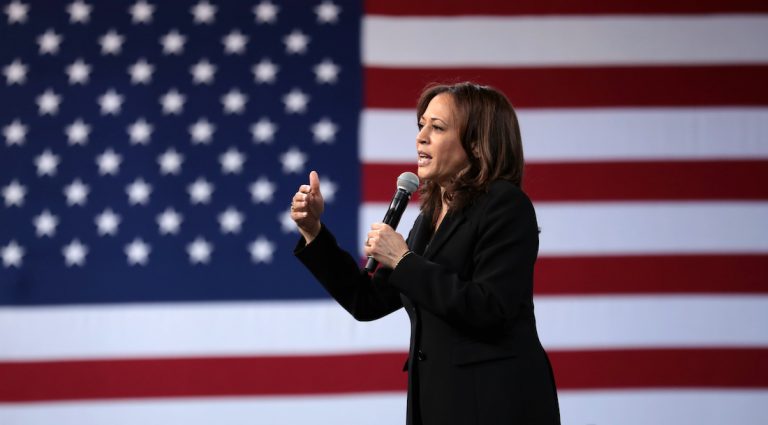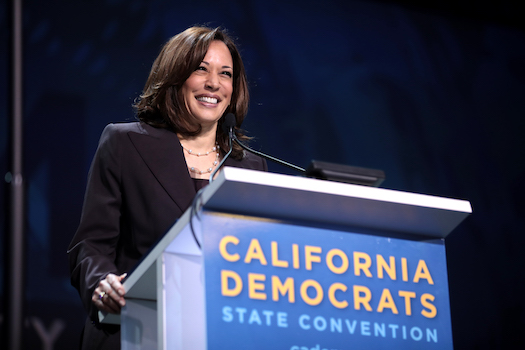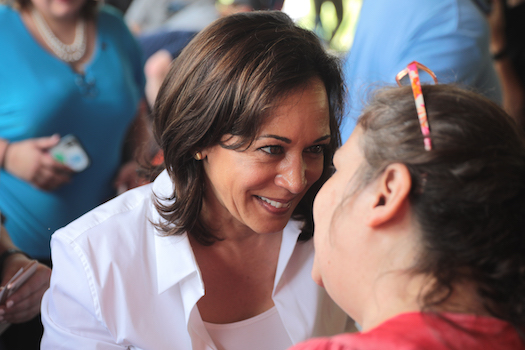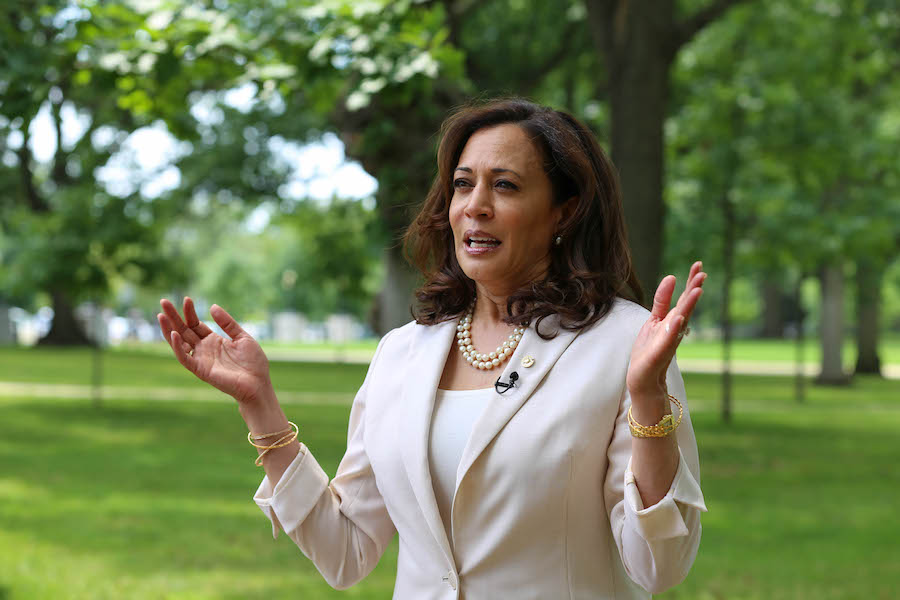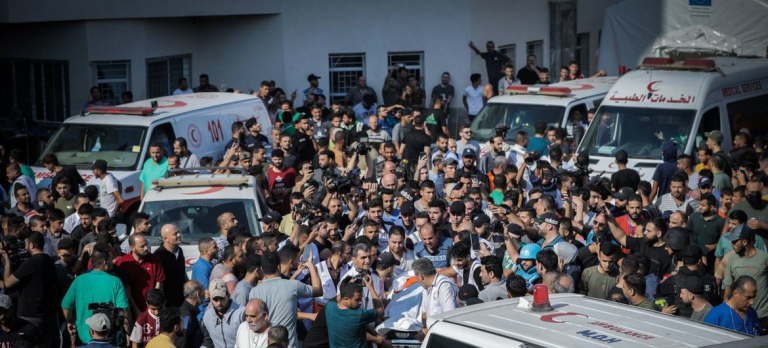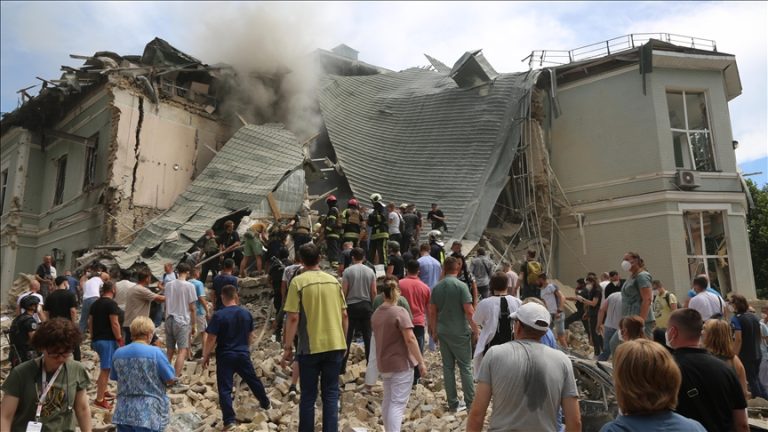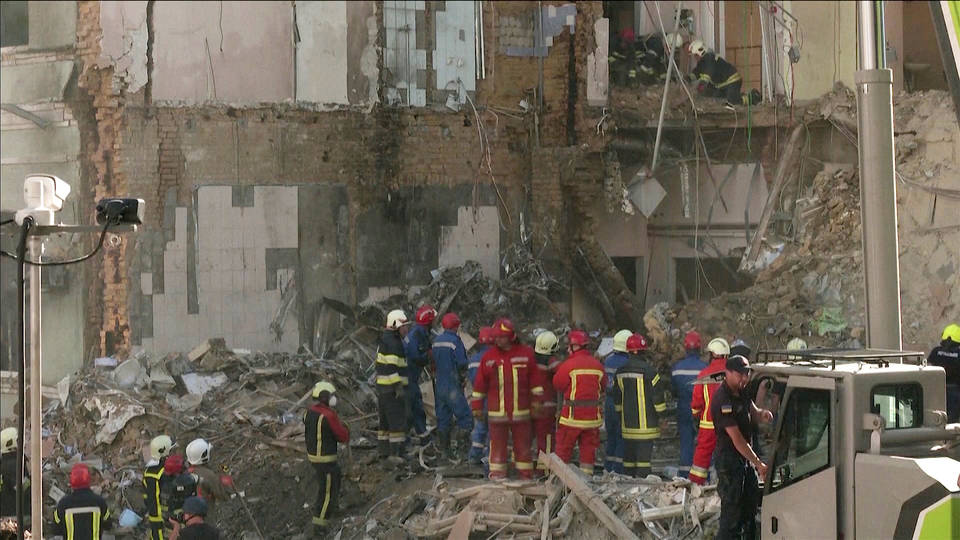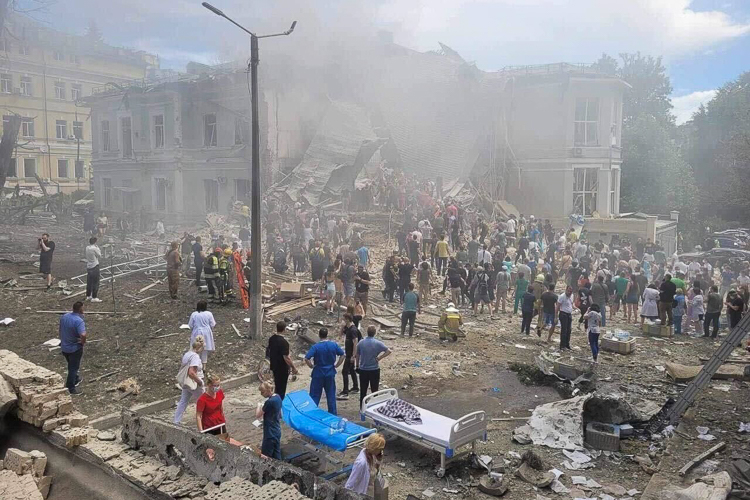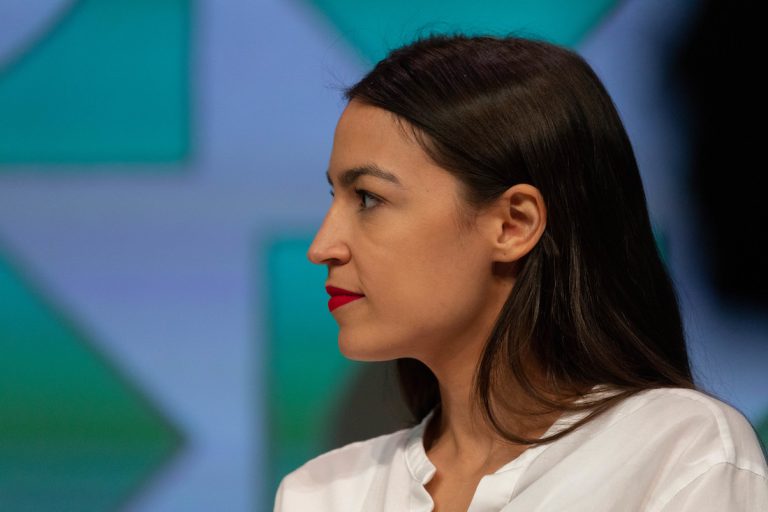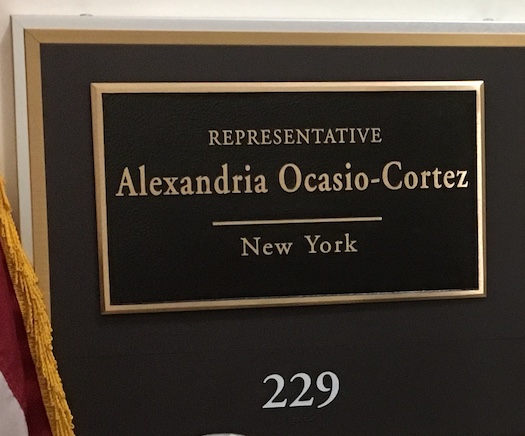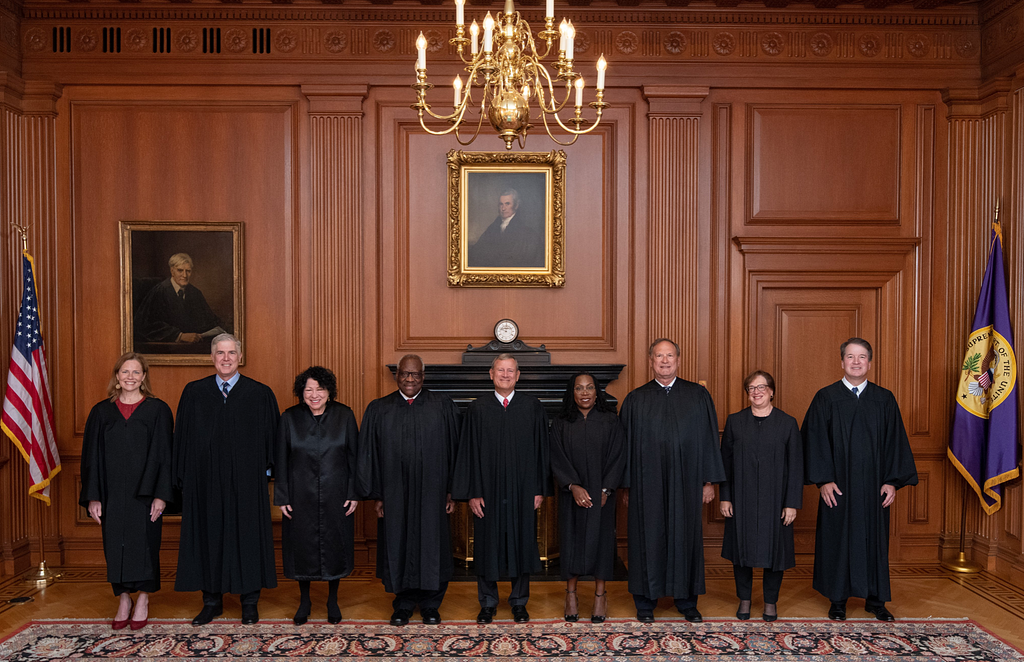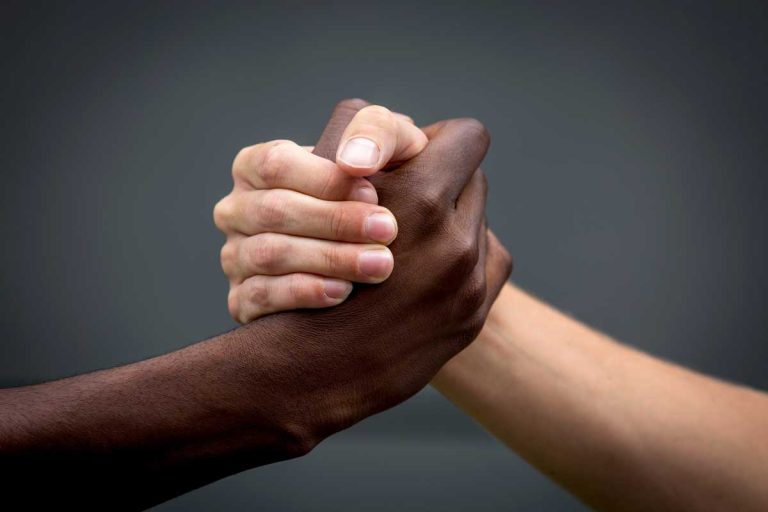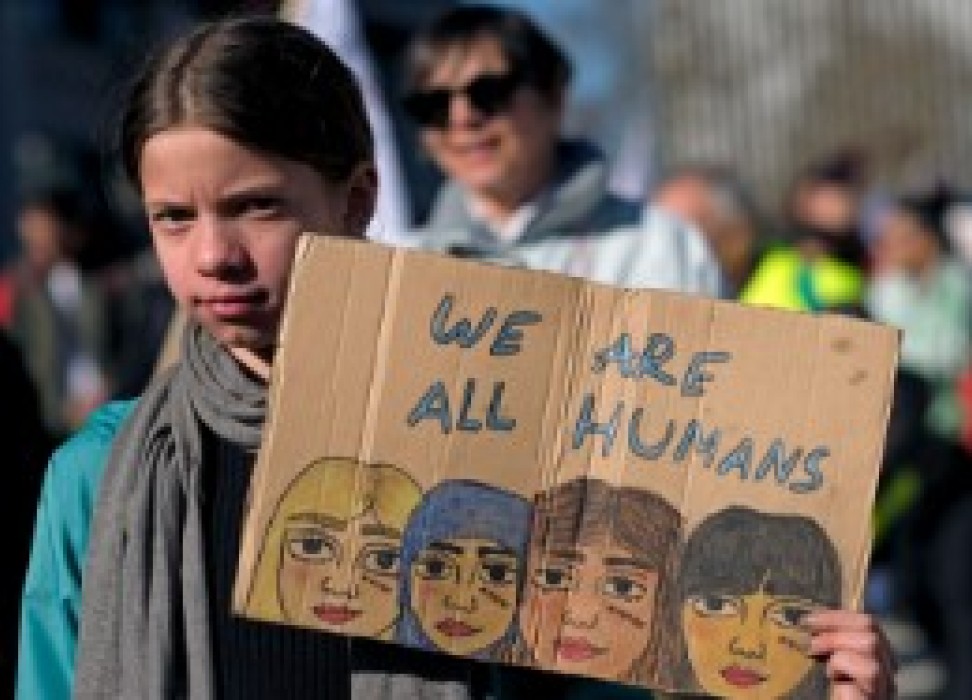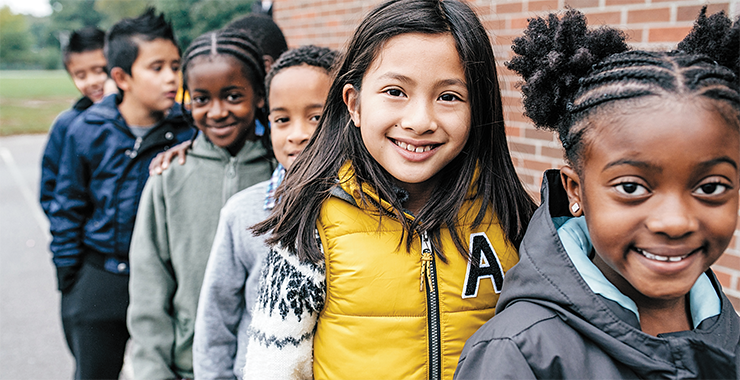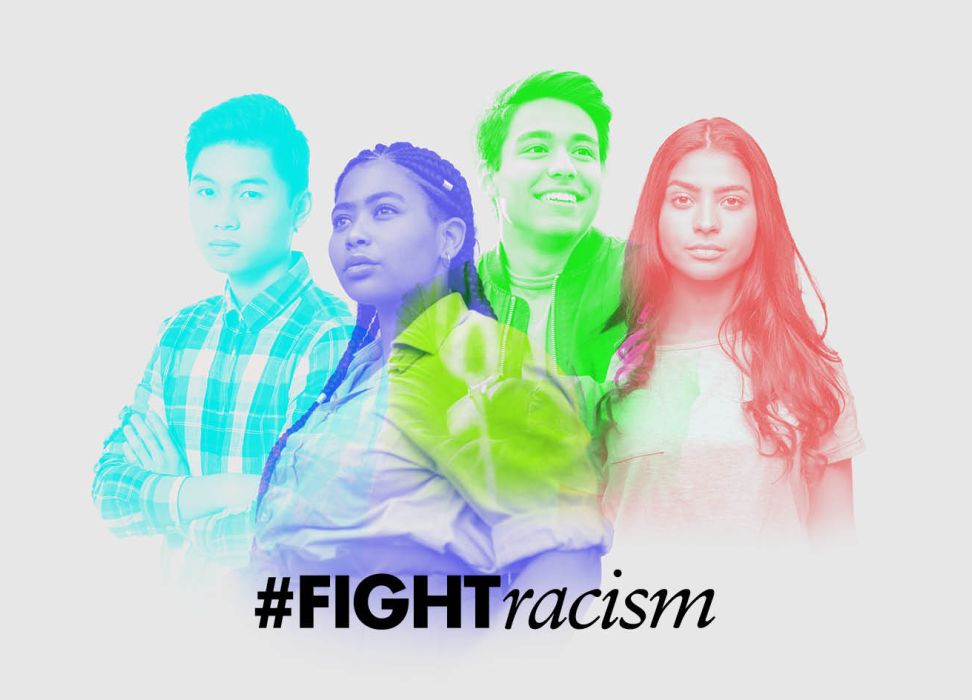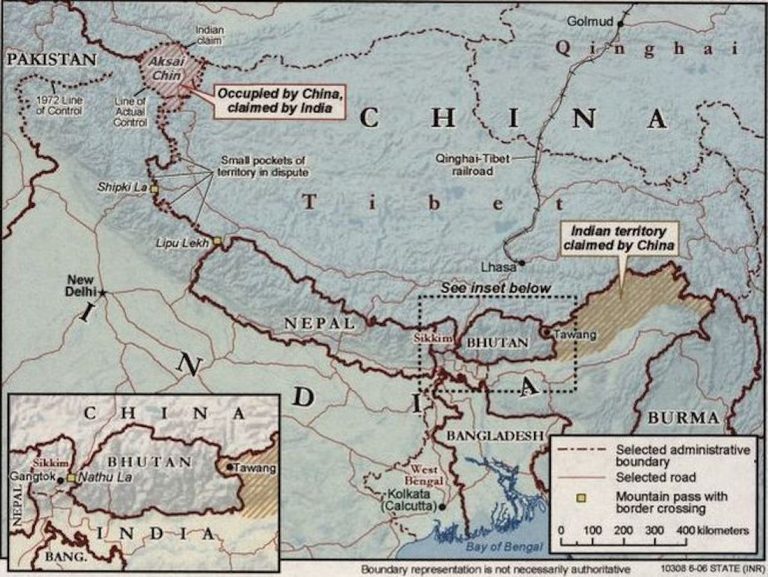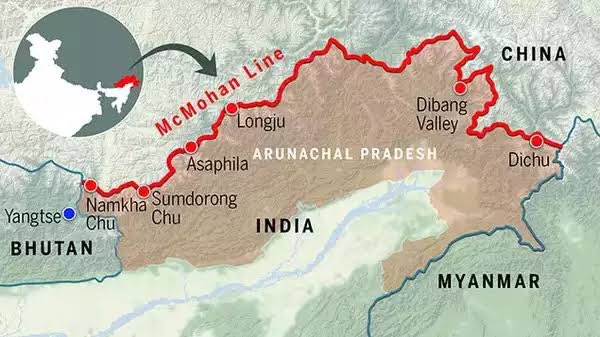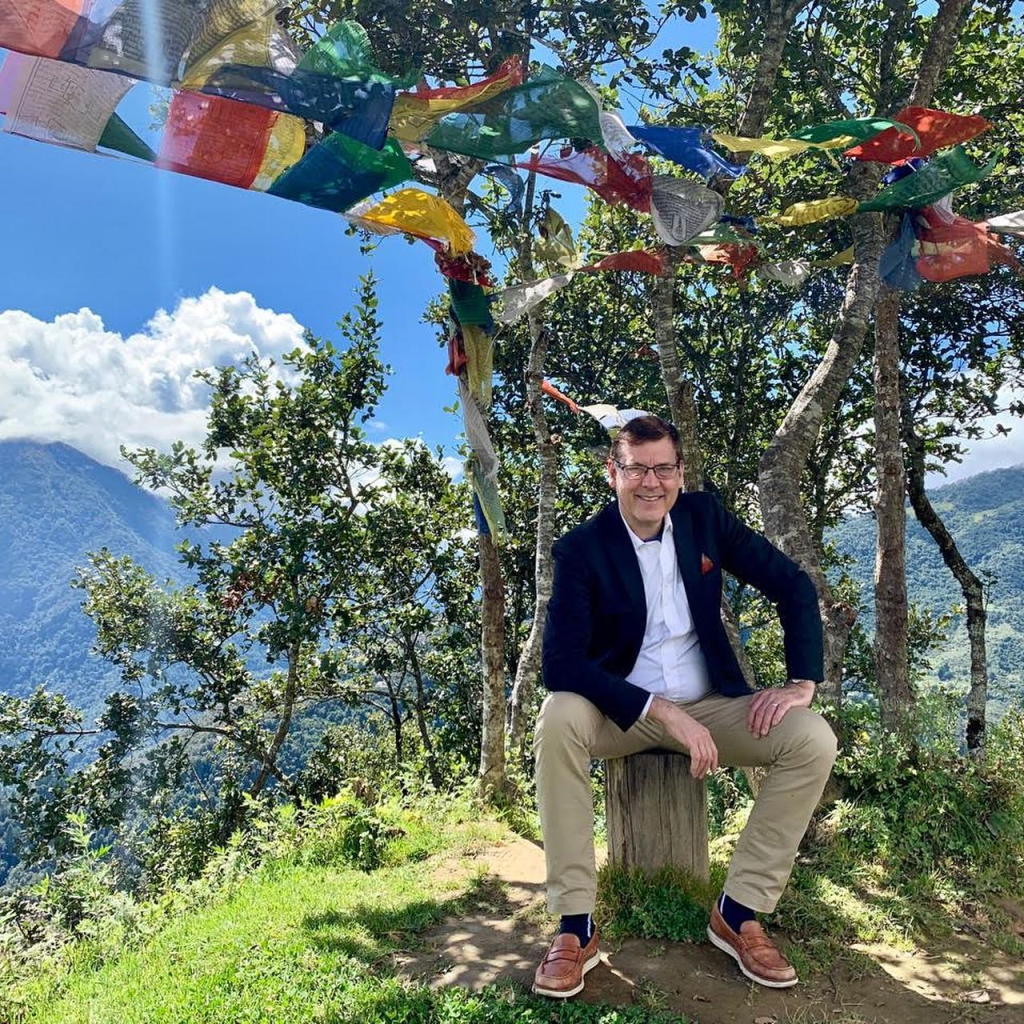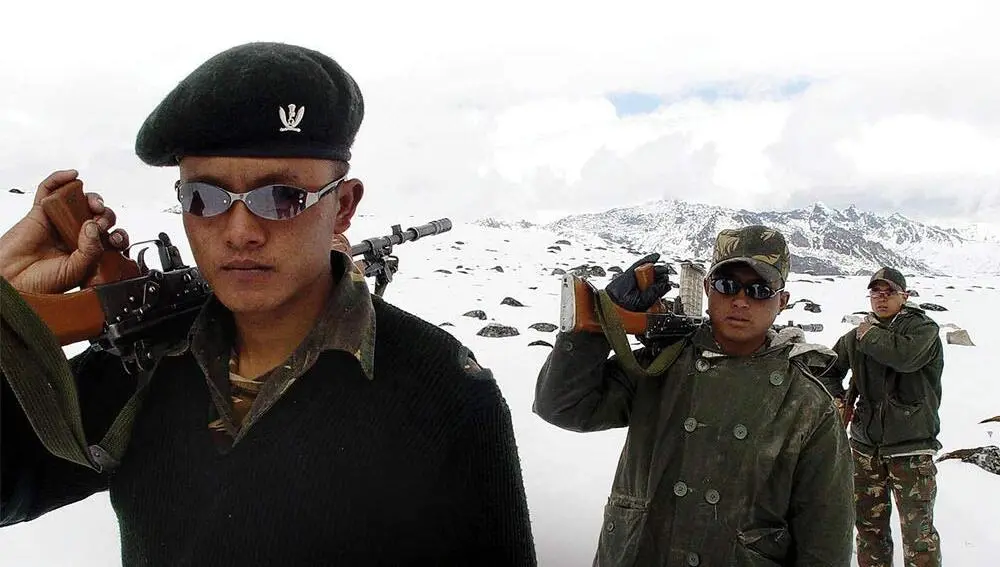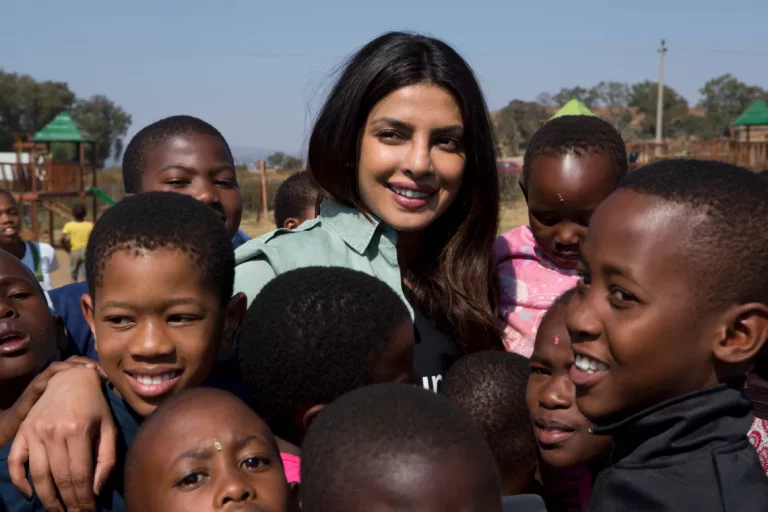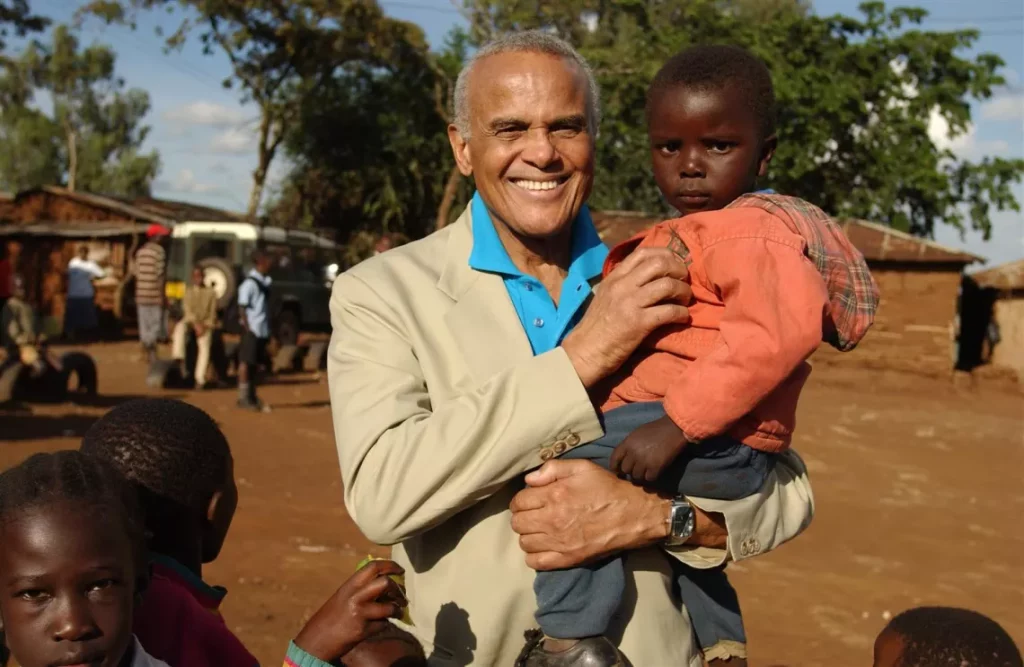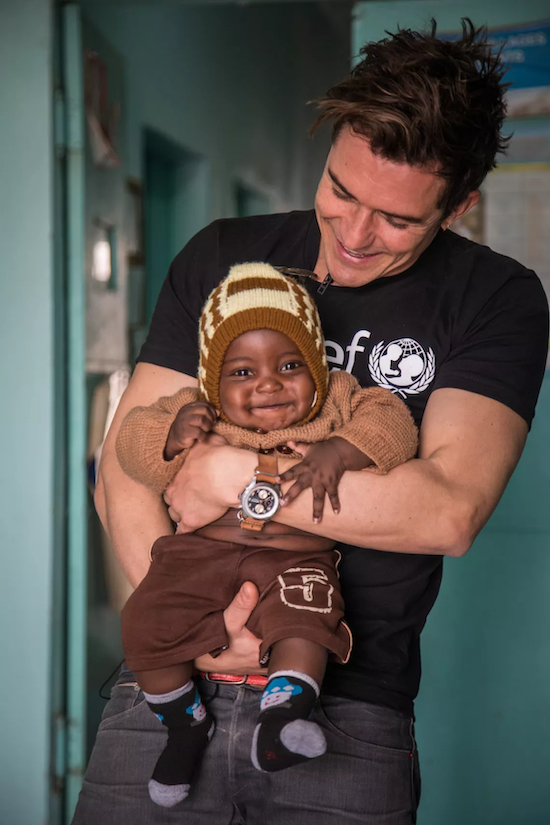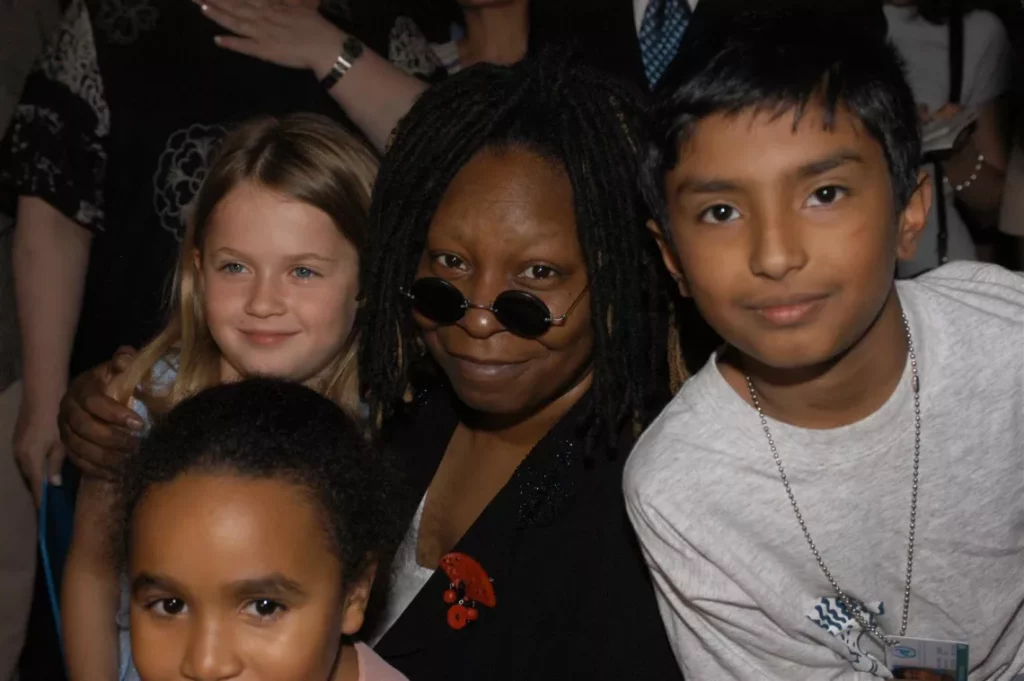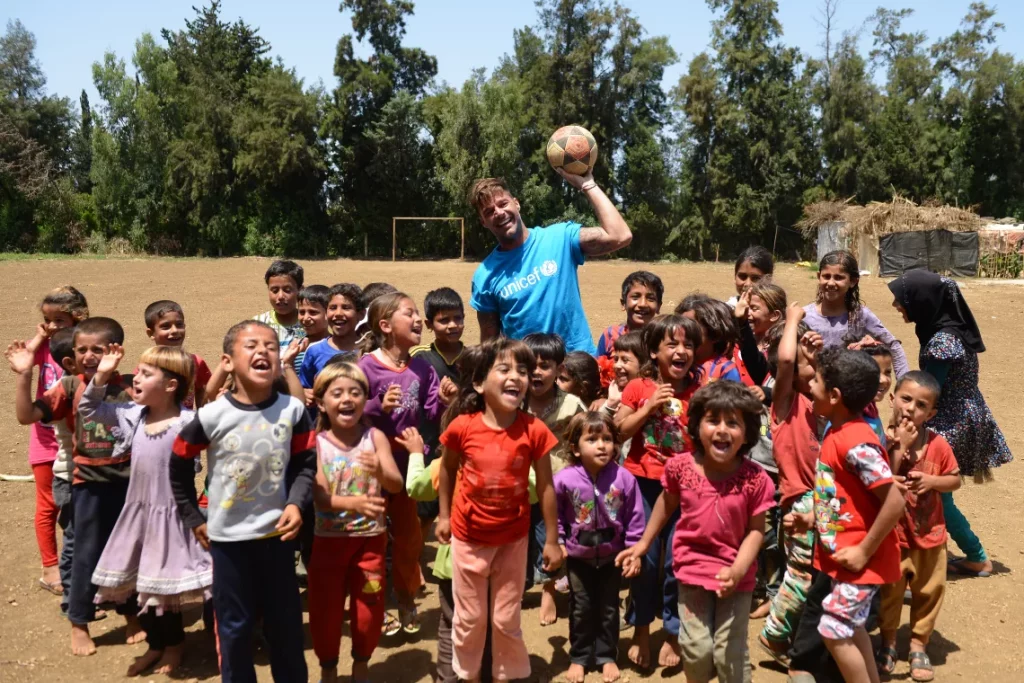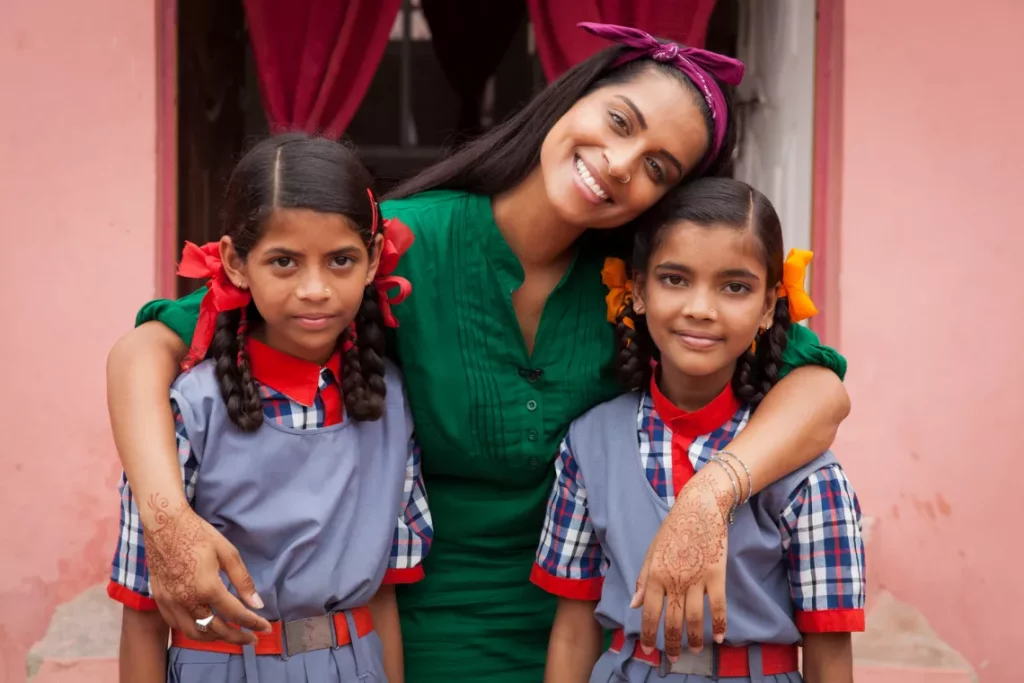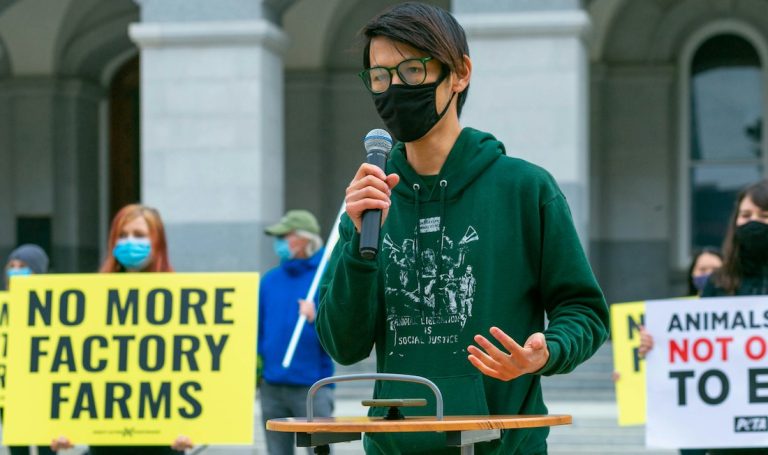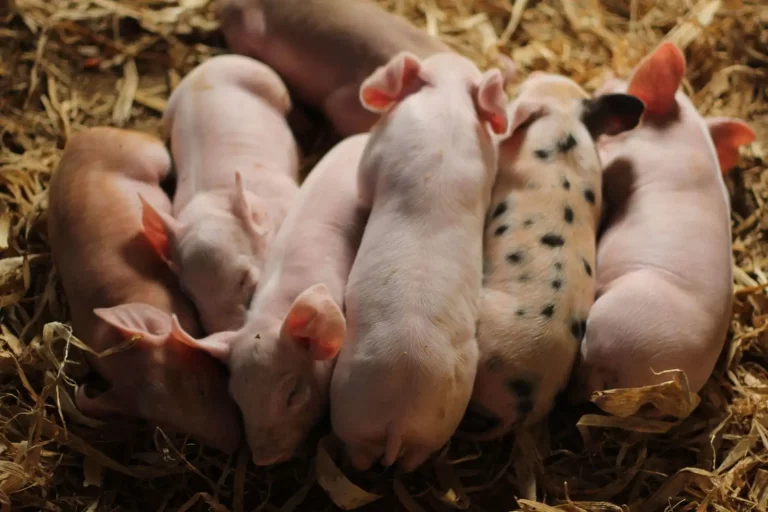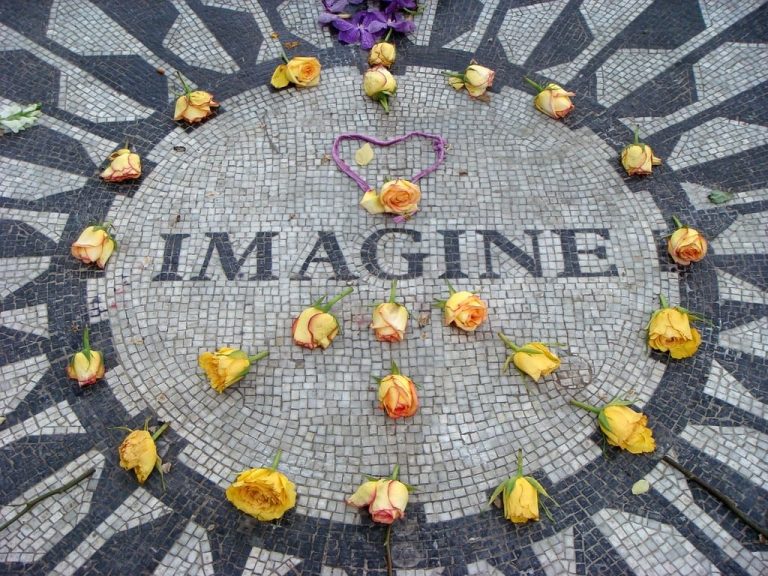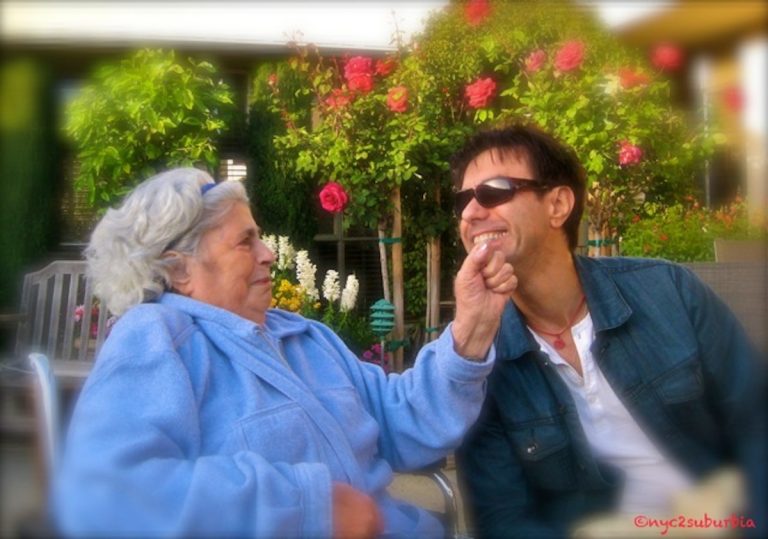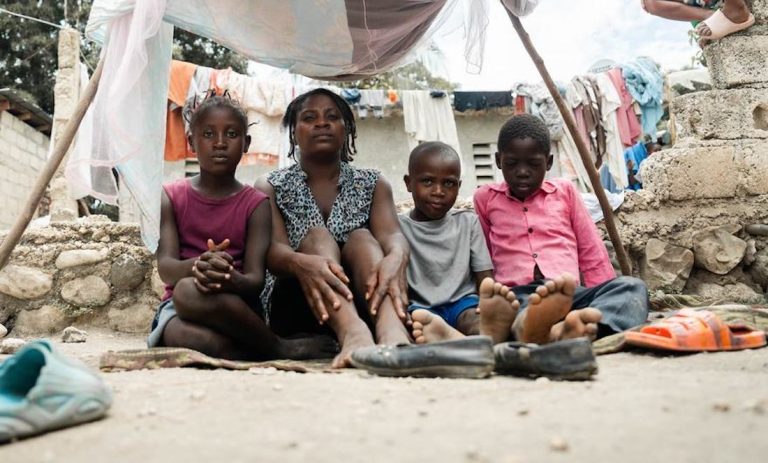In India, where weddings have long been a display of status and wealth, the Ambani gala has surpassed anything the country has seen so far. For some it marked the arrival of Indian billionaires and their growing global clout. Others saw the glitzy celebrations as shining a light on the country’s growing wealth inequalities.
New Delhi, India. When the son of Asia’s richest man gets married, the celebrations are expected to be lavish. But the breathtaking scale of the festivities held for the youngest son of Indian business tycoon Mukesh Ambani has become the talk of the country.
Anant Ambani tied the knot with his fiancée, Radhika Merchant, in Mumbai at a star-studded event where the guests included reality TV star, Kim Kardashian, actors Nick Jonas, Priyanka Chopra and John Cena, former British prime ministers Tony Blair and Boris Johnson, as well as the who’s who of India from Bollywood stars and politicians to top businessmen.
The nuptials marked neither the start nor the end of the extravaganza.
More parties are in store for the weekend. They will cap monthslong prewedding bashes where international pop stars Justin Bieber and Rihanna have performed, and India’s most popular actors have shaken a leg.
Mukesh Ambani’s wealth is estimated at $124 billion, according to Forbes. The family’s sprawling business empire, Reliance Industries, spans interests in petrochemicals and oil and gas to telecoms and retail.
“If you look at it, in the past, it was the great Indian maharajas who lived and celebrated on this scale. The maharajas of this new era in India are really the billionaires,” Harish Bijoor, a brand consultant, told VOA in a phone interview.
“When guests come from across continents, it shows not just that they know how to do it in style, but also the influence they command,” he added.
Declaring the wedding a public event, Mumbai police blocked key roads around the Ambani-owned Jio Convention Center where ceremonies began last Friday. Many offices in the busy business hub where it is situated declared work-from-home for their staff.
The celebrations have set off a social media frenzy, with millions of Indians transfixed by the events. They have closely scrutinized the grand, sequin-studded outfits and stunning jewelry that included outsized emeralds and diamonds worn by the Ambani family. There has been huge speculation around how much the parties cost. The wedding invitations were made of silver and gold, according to local media reports.
While the events were private, leaked videos have made the rounds on social media.
Reliance’s official Facebook page has also shared some video clips of dance performances and photographs of the events.
The list of VIP’s who have joined in the celebrations is long. In March, at a three-day prewedding event in Ambani’s ancestral hometown of Jamnagar, among the 1,200 guests were tech billionaires Mark Zuckerberg and Bill Gates, Ivanka Trump and Jared Kushner and a string of Bollywood stars. One hundred chefs whipped up some 500 dishes. Rihanna performed for the guests.
In May, the Ambanis went on a four-day European cruise on a chartered luxury ship that began in the Sicilian city of Palermo and ended in Rome. Videos showed performances on the liner by the Backstreet Boys, Pitbull and David Guetta and singer Katy Perry belting out numbers at a masquerade ball in Cannes.
In Indian living rooms, where cricket, Bollywood and politics usually hog the conversation, the Ambani wedding has become the hot topic of conversation, with opinion divided on whether the celebrations are too ostentatious or the billionaire family had the right to spend their money as they want in a country where the big fat Indian wedding is the norm for even the middle class.
India’s wedding industry is worth $130 billion, nearly double that of the United States, according to a report by Jefferies, a global investment firm.
“Why should the Ambanis make it a small affair? If they have the money, then why should they not splash on their wedding when the average Indian also does the same?” Bindu Sachthey, a New Delhi resident told VOA. “I don’t agree with people who criticize or troll them for this gala affair. I am enjoying having a peek into how the ultrarich celebrate.”
As the Ambani fortunes have grown in recent decades, the family has scaled up its lifestyle. Their Mumbai residence, built in 2010, is a 27-story private apartment building, with three helipads, a private movie theater and a hanging garden.
Some said the ostentatious celebrations made them uncomfortable in a country where millionaires and billionaires are multiplying as the economy grows, but the per capita annual income is still about $2,700.
India has 200 billionaires, worth around $1trillion in wealth, nearly a quarter of the country’s 2023 gross domestic product, according to Forbes.
“I am very ambivalent about these celebrations. I would rather Indian billionaires do more for philanthropy and use their wealth for society rather than spend in this manner,” said author Gurcharan Das, author and former top business executive told VOA.
“But if some of the influential and rich foreign guests who came here decide that this is the time to invest in a rising India, I would say brilliant, the wedding would have served a purpose.”

